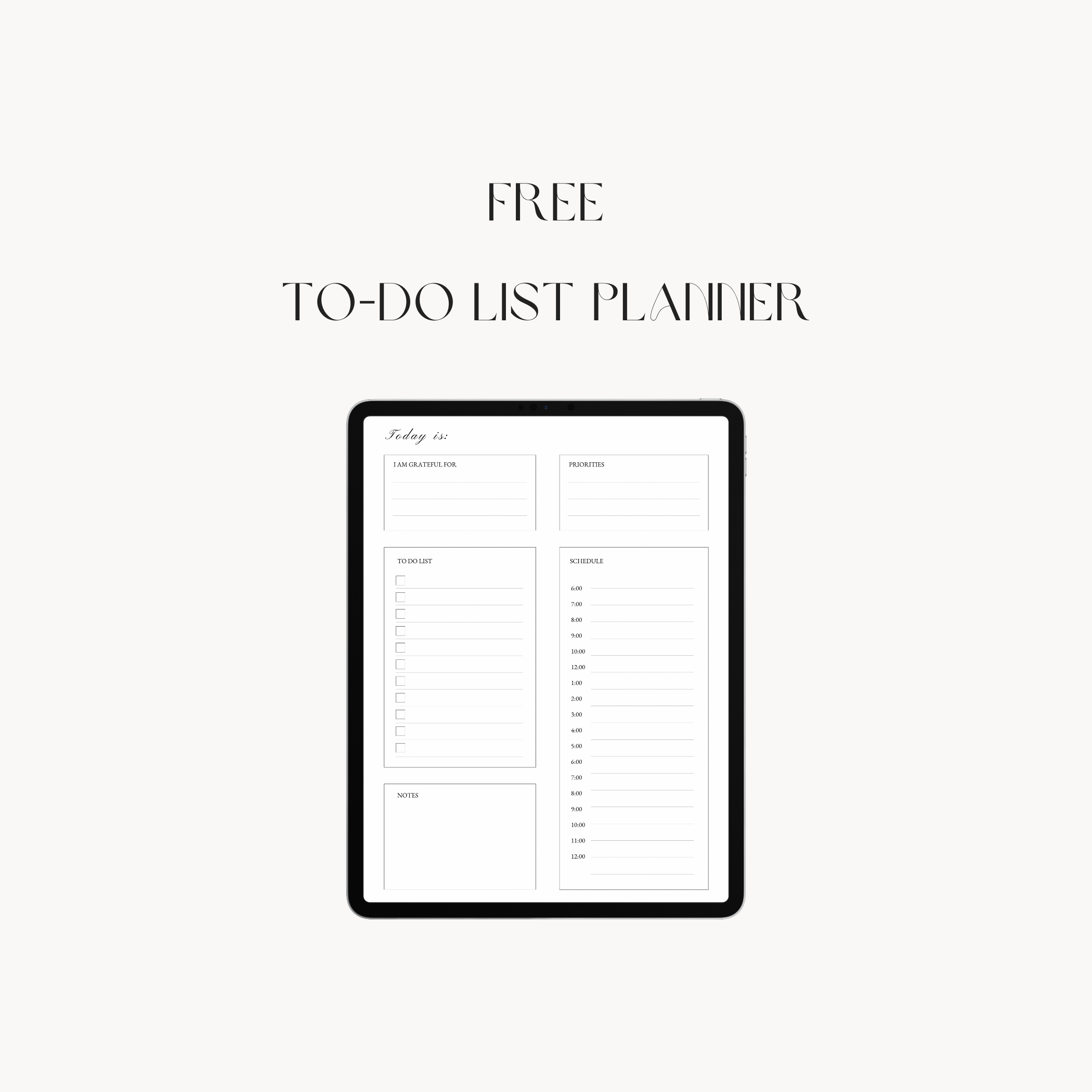Hey there! Some of the links on this blog are affiliate links. That means if you click on them and make a purchase, I might earn a tiny commission – but don't worry, it won't cost you an extra cent. It's like giving a high-five to support the content. Rest assured, I only recommend stuff I genuinely love and think you'll enjoy too!
Journaling is a powerful technique that offers numerous benefits for mental health, personal growth, and emotional well-being. It provides a safe space to explore your deepest thoughts and feelings, making it a helpful tool for navigating real life. From bullet journaling to dream journaling, there are countless ways to make journaling a regular habit. Whether you’re a seasoned journaler or just starting your journaling journey, here are over 50 creative and powerful journaling techniques to inspire your daily practice.
Benefits of Journaling
Journaling has a multitude of benefits, impacting various aspects of your life. For mental health, journaling serves as a form of therapy, helping to process emotions and reduce stress. It allows for the exploration and management of negative thoughts, leading to better emotional regulation and peace of mind. Regular journaling also enhances personal growth by fostering self-reflection and insight, helping you understand your motivations, goals, and achievements. It’s a powerful tool for personal development, enabling you to track progress and celebrate milestones. Moreover, journaling improves physical health by lowering blood pressure and boosting immune function, thanks to its stress-relieving effects.
How to Start Journaling
Starting a journaling practice is straightforward and requires minimal tools. All you need is a dedicated space, such as a special notebook or a digital app, and a commitment to write regularly. Begin by setting aside a specific time of day, whether it’s in the morning or at the end of the day, to establish a daily habit. You can start with simple prompts or write about your day-to-day life, thoughts, and feelings. Don’t worry about finding the perfect way to journal—there is no wrong way to start. The key is to be consistent and honest in your writing, allowing your journal to become a safe haven for your private thoughts and reflections.
1. Bullet Journaling

Bullet journaling is a great way to organize your thoughts and tasks using bullet points. It combines elements of a planner, diary, and to-do list, making it an excellent tool for goal setting and time management.
2. Gratitude Journaling
Gratitude journaling involves writing down things you are grateful for each day. This practice can have a positive impact on your mental health by focusing on positive experiences and fostering a sense of appreciation.
3. Art Journaling
Art journaling is a form of visual therapy that combines creative expression with journaling. It can include drawings, paintings, collages, and other forms of visual representation to capture your thoughts and feelings.
4. Unsent Letters
Writing unsent letters is a therapeutic journaling practice where you write letters to people without the intention of sending them. This can be a powerful technique for processing emotions and difficult situations.
5. Dream Journaling

Dream journaling involves recording your dreams first thing in the morning. This type of journaling can help you explore your subconscious mind and gain insights into your innermost thoughts and feelings.
6. Morning Pages
Morning pages, a concept popularized by Julia Cameron, involve writing three pages of free writing every morning. This stream-of-consciousness journaling helps clear your mind and spark creativity.
7. Free Writing
Free writing is an exercise where you write continuously without worrying about grammar or structure. It’s a great way to tap into your subconscious mind and uncover hidden thoughts and feelings.
8. Reflective Journaling
Reflective journaling involves looking back on your day or week and writing about your experiences, thoughts, and feelings. It’s a good way to gain insights and learn from your experiences.
9. Stream-of-Consciousness Journaling
Similar to free writing, stream-of-consciousness journaling involves writing without a specific structure or topic. It’s an excellent way to explore your thoughts and emotions in a raw, unfiltered way.
10. Visual Journals
Visual journaling combines images, drawings, and other visual elements with written entries. It’s a creative way to express your thoughts and emotions and can be particularly therapeutic for visual learners.
11. Goal Setting
Use your journal to set and track your goals. Writing down your goals makes them more tangible and provides a clear path for personal growth and achievement.
12. Vision Boards
Create a vision board in your journal by pasting pictures and words that represent your goals and dreams. This visual representation can help you stay focused and motivated.
13. Weekly Calendar

Maintain a weekly calendar in your journal to plan your activities and track your progress. It’s a practical way to manage your time and stay organized.
14. Intuition Journaling
Intuition journaling involves writing about your gut feelings and instincts. This practice can help you develop a deeper connection with your intuition and make more aligned decisions.
15. Travel Journaling
Document your travels and adventures in a dedicated travel journal. Record your experiences, thoughts, and impressions of different places to create lasting memories.
16. Food Journaling
Track your meals, recipes, and thoughts about food in a food journal. This can be a useful tool for improving your diet, discovering food intolerances, and maintaining physical health.
17. Audio Recordings
If you’re not a fan of writing, consider making audio recordings of your journal entries. This is a creative way to capture your thoughts and can be particularly useful for those who are always on the go.
18. Daily To-Do Lists
Incorporate daily to-do lists into your journal to stay on top of your tasks and responsibilities. This helps in managing your day-to-day life and ensures you don’t forget important activities.
19. Core Values
Reflect on your core values and how they influence your decisions and actions. Writing about your core values can help you stay true to yourself and make decisions that align with your beliefs.
20. Positive Things
Each day, write about positive things that happened. This practice can shift your focus away from negative thoughts and help you maintain a more optimistic outlook on life.
21. Negative Thoughts
Address negative thoughts by writing them down and then challenging them. This can help you understand and manage your emotions better and reduce their impact on your mental health.
22. Journal Prompts

Use journal prompts to spark your creativity and explore new topics. Prompts can provide direction and inspiration, making it easier to start writing on a blank page.
23. End of the Day Reflection
At the end of the day, reflect on what went well, what didn’t, and what you learned. This type of reflective journaling helps you process your experiences and prepare for the next day.
24. Worst-Case Scenario
Write about the worst-case scenario for a situation you’re worried about. This can help you face your fears and realize that even the worst outcomes are often manageable.
25. Future Self
Write letters to your future self, describing your current thoughts, goals, and dreams. This practice can provide perspective and serve as a motivational tool.
26. Creative Journal
A creative journal is a space where you can experiment with different styles of writing, drawing, and other forms of creative expression. It’s a safe haven for your artistic explorations.
27. Dedicated Space
Create a dedicated space for your journaling practice. This could be a special notebook, a cozy corner of your home, or a digital app where you feel comfortable and inspired to write.
28. Pieces of Paper
If a whole journal feels overwhelming, start with small pieces of paper. Write down your thoughts, ideas, or sketches on individual pieces of paper and compile them over time.
29. Art Therapy
Combine journaling with art therapy techniques to explore your emotions and improve your mental health. Use colors, shapes, and images to express what words cannot.
30. Daily Habit

Make journaling a daily habit by setting aside a specific time of day for your practice. Whether it’s morning pages or end-of-the-day reflections, consistency is key to reaping the benefits of journaling.
31. Blank Page Creativity
Embrace the blank page as an opportunity for creativity. Start with doodles, random words, or abstract shapes to get your creative juices flowing.
32. Personal Reflection
Regularly reflect on your personal growth, challenges, and achievements. Personal reflection can provide moments of clarity and help you stay aligned with your goals.
33. Emotional Health
Use your journal as a tool for emotional health by writing about your feelings, fears, and joys. This can be a therapeutic way to process emotions and gain peace of mind.
34. Private Thoughts
Your journal is a private space for your thoughts and feelings. Writing about your deepest thoughts without fear of judgment can be incredibly liberating.
35. Journaling Prompts for Difficult Situations
When facing difficult situations, use specific journaling prompts to navigate your feelings and find solutions. Prompts can guide you through complex emotions and help you find clarity.
36. Safe Haven

Consider your journal a safe haven where you can be completely honest with yourself. It’s a place to explore your thoughts, make mistakes, and grow without fear of criticism.
38. Visual Journaling
Incorporate visual elements into your journaling practice. Visual journaling can include sketches, diagrams, and charts that complement your written entries and enhance your creative expression.
39. Social Media Influence
Reflect on the impact of social media on your
life. Write about how it affects your mood, self-esteem, and relationships, and consider ways to manage its influence.
40. Weekly Check-Ins
Conduct weekly check-ins with yourself to assess your progress, set new goals, and reflect on your experiences. This regular practice helps you stay on track and make necessary adjustments.
41. Time Management
Use your journal to improve your time management skills. Track how you spend your time, identify areas for improvement, and create strategies to make better use of your time.
42. Travel Dreams
Write about places you want to visit and your travel dreams. This can be a form of goal setting that keeps you motivated and excited about future adventures.
43. Mind Mapping
Create mind maps in your journal to explore ideas and make connections between different concepts. This visual technique can help you brainstorm and organize your thoughts.
44. Positive Affirmations
Write positive affirmations in your journal to boost your confidence and self-esteem. Repeating affirmations can help shift your mindset and encourage positive thinking.
45. Audio Journaling
Record your thoughts and reflections using audio recordings. This can be a convenient and dynamic way to capture your journal entries, especially when you’re on the move.
46. Journaling for Personal Growth
Focus on personal growth by setting specific goals and tracking your progress. Write about the steps you’re taking, the challenges you face, and the lessons you learn along the way.
47. Storytelling
Use your journal to tell stories from your life or create fictional tales. Storytelling can be a creative way to process experiences and express your imagination.
48. Lists and Collections

Create lists and collections in your journal, such as books to read, movies to watch, or things that make you happy. These lists can serve as inspiration and a source of joy.
49. Emotional Release
Use your journal as a space for emotional release. Write freely about your worries, frustrations, and fears to unburden your mind and find relief.
50. Gratitude Lists
Make gratitude lists a regular part of your journaling practice. Write down three things you’re grateful for each day to cultivate a positive mindset.
51. Journaling with a Partner
Share your journaling practice with a friend or partner. You can exchange entries, discuss prompts, and support each other’s journaling journey.
Conclusion
Journaling is a versatile and powerful tool for mental health, personal growth, and creative expression. By exploring different journaling techniques and finding what resonates with you, you can create a fulfilling and meaningful journaling practice. Whether you’re looking to organize your day, process emotions, or unleash your creativity, there’s a journaling method that can help you achieve your goals. Start your journaling journey today and discover the many benefits it can bring to your life.



